Advertisement
Surgery using local anesthesia without a tourniquet

Cleveland Clinic is continually exploring ways to improve surgical techniques. One method being evaluated for hand and upper extremity operations is the Wide Awake Local Anesthesia No Tourniquet (WALANT) technique. WALANT uses only local anesthesia, without the need for a tourniquet. The WALANT approach may be used in procedures for a variety of diagnoses, such as carpal tunnel syndrome, trigger finger, cyst removal, and tenosynovitis/tendinitis. In some cases, WALANT may even be appropriate for tendon repair procedures.
Advertisement
Cleveland Clinic is a non-profit academic medical center. Advertising on our site helps support our mission. We do not endorse non-Cleveland Clinic products or services. Policy
William H. Seitz, Jr., MD, Chairman of the Department Orthopaedic Surgery at Cleveland Clinic Lutheran Hospital, explains, “Using WALANT is a very patient-focused approach and offers several advantages related to the type of anesthesia as well as the elimination of the tourniquet.”
The risks of general or regional anesthesia, although few, are well-established. Some patients have comorbid conditions that are contraindications for general or regional anesthesia. Some patients who might not have been candidates for surgery based on their comorbidities could potentially be treated using WALANT. WALANT surgery is generally reserved for unilateral procedures. “We do our best to avoid bilateral hand surgery because of pick up limitations in daily functions and hygiene.”
Wide-awake hand surgery can be performed without the need for preoperative testing or anesthesia consults. An intravenous catheter insertion is also not needed, and the requirement for monitoring during surgery is reduced. The procedure is performed in a sterile operating room but with minimal draping and instrumentation. This increases efficiency and significantly decreases waste of otherwise voluminous drapes and packaging.
The use of local anesthesia eliminates the need for the usual overnight fasting, which means less inconvenience for patients. Patients with comorbid conditions, such as diabetes, do not need to alter their medication schedules.
Advertisement
In addition, local anesthesia means patients can stay focused and clear-headed. Patients who have not been sedated can be provided patient education and instructions on postoperative care. Having patients fully engaged in receiving education and instruction leads to improved understanding and outcomes.
Avoiding sedation may also allow patients to participate in full range of active movements during the surgery. In some cases, observation of the full range of movement can enable the surgeon to make adjustments during the procedure with the intention of improving clinical outcomes. For example, in performing surgery for a “trigger finger,” having the patient move actively can ensure complete release. When repairing a lacerated tendon, a surgeon can assess adequacy of repair and smooth tendon gliding by asking the patient to actively move the finger.
New ways to inject local anesthesia with minimal pain have overcome another barrier to the use of local anesthesia. “Furthermore, the type of local anesthesia used in WALANT provides good hemostasis, which allows the procedure to be conducted without the use of a tourniquet. Eliminating the tourniquet means reducing patient discomfort,” says Dr. Seitz. In the past, enabling patients to tolerate the pressure discomfort of the tourniquet was one of the reasons sedation had been needed for hand surgery.
“And, importantly, with WALANT, pain and discomfort can be minimized. Patients are able to rapidly return to daily function.” Patients spend less time at the hospital for the procedure as the recovery time is minimized. Most patients will be able to simply get up and go home after the procedure. Patients will not need to have someone stay with them the evening of the surgery, which is often required after sedation.
“WALANT surgery provides efficiency, minimal discomfort, patient safety, reduced drug use, and successful outcomes and is a key addition to our commitment to improving patient experience,” says Dr. Seitz.
Advertisement
Advertisement
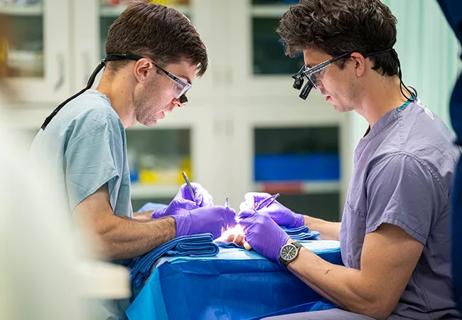
Cleveland Clinic specialists offer annual refresher on upper extremity fundamentals
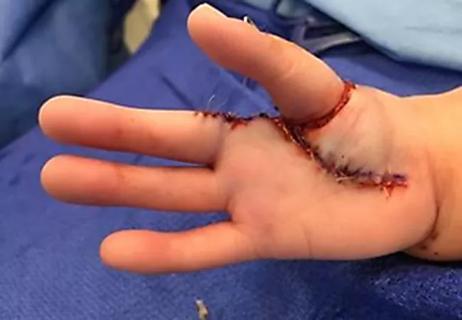
Latest concepts in the surgical creation of functional, opposable thumbs in early childhood

CT imaging using radiopaque markers can help assess healing after surgery
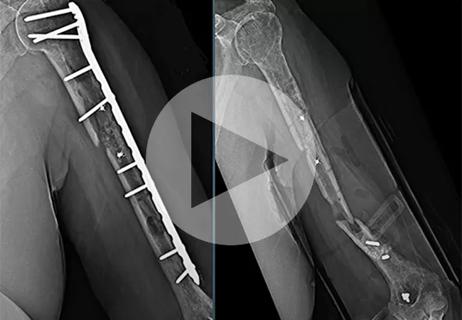
Finally, a solution after multiple revision surgeries for delayed bone healing, loose hardware and unrelenting infection
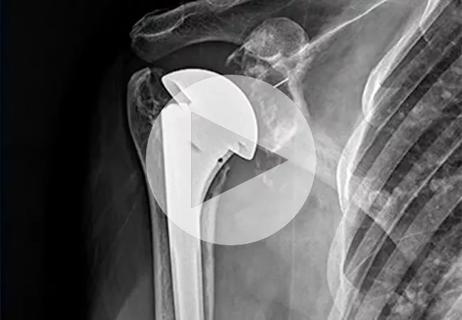
Iliac crest structural autograft repairs large, uncontained defect

Two cases show multiple factors to consider

Orthopaedic oncologist discusses the complex case
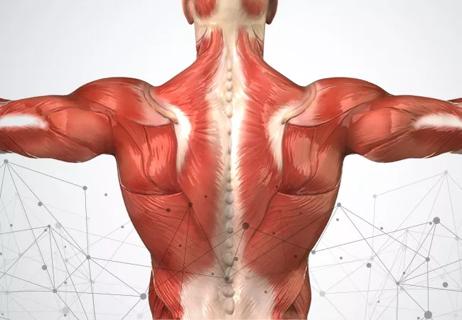
Data system aims to improve orthopaedic care and drive down healthcare costs